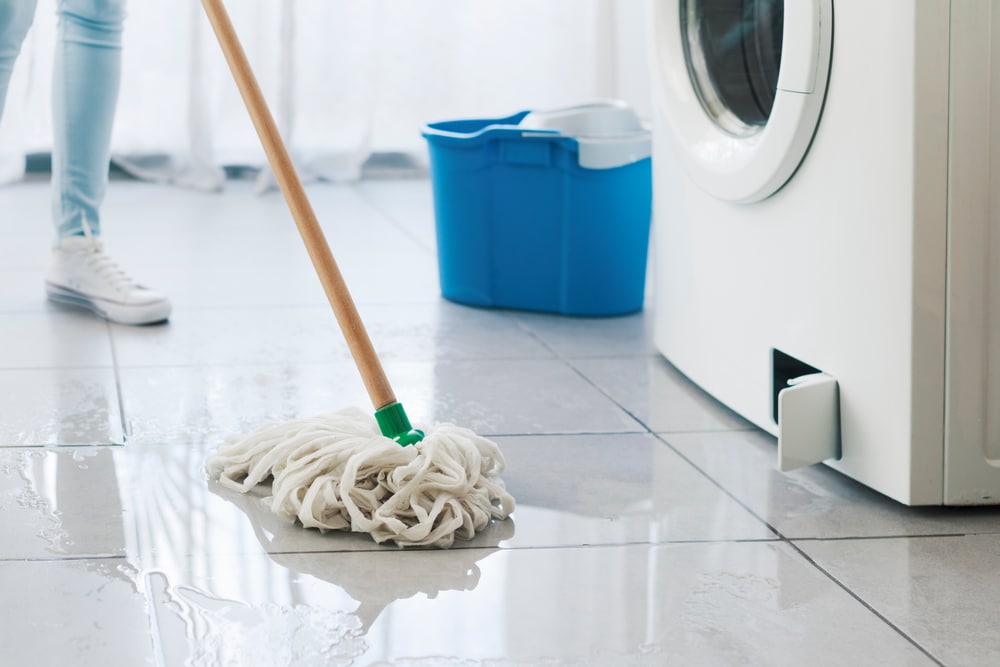Water damage can be devastating, costly, and destructive to your home. The causes of water damage range from weather-related flooding to overflowing toilets. The statistics related to water damage are daunting. According to the Insurance Information Institute, over 20% of homeowners insurance losses are due to water damage and freezing, a close second to hail and wind damage.
Do you know what types of water damage your homeowners policy covers? For most destructive events, like fires, your coverage is fairly straightforward and easy to understand. But water damage is different, as some types of water damage are covered and others are not.
Types of Water Damage
Since water damage can originate from many sources, water that has overflowed or flooded a home is classified into three categories:
- Category 1 — clean water: Uncontaminated water that poses no threat if people are exposed (for example, water from a sink overflowing)
- Category 2 — grey water: Water that may contain contaminants with the potential to cause illness if people are exposed (for example, sump pumps or discharge from dishwashers)
- Category 3 — black water: Contaminated water that will cause serious illness if people are exposed (for example, sewage spills, standing water or floodwater)
What Homeowners Insurance Typically Covers
Essentially, your insurance company will cover sudden and accidental water damage. For example, if a pipe bursts, your washing machine hose breaks or your water heater ruptures, damage to your home and property will be covered.
Depending on the type of water damage, two different coverages in your homeowners policy may apply. These are dwelling coverage and personal property coverage.
Dwelling covers the cost to repair a structure in your home if it’s damaged by water. If your wall is damaged from a burst pipe, dwelling coverage will pay to repair the wall.
Personal property covers damaged belongings. If your bookcase is damaged by a burst pipe, your insurance will pay to repair or replace it.
Every insurance policy has coverage limits—the maximum amount you will be reimbursed for a claim. Look over your policy so there are no surprises, and review your deductible so you know how much you will need to pay out of pocket if you submit a claim.
Enhance Your Homeowners Policy with Water Backup Coverage
Many homeowners policies don’t typically cover water damage caused by sewer backups, flooding, or poorly maintained plumbing. However, there is an optional coverage you can add to your homeowners policy to help protect your home from such damage: water backup coverage, also known as a “water sewer and drain” enhancement or “sewer backup coverage.”
This optional add-on helps cover the costs of water damage caused by sewer line backups, overflowing drains, or sump pump failures—issues that are usually not covered under a standard homeowners policy.
Common types of water damage that may not be covered by a standard policy include:
- Water damage caused by an overflowing sewer
- Water damage due to flooding
- Water damage from a leaky, poorly maintained pipe
By purchasing separate water backup coverage, you can protect your home from damage due to sewer or drain overflow. If you live in a flood zone, it’s also essential to consider a separate flood insurance policy. Even if you’re outside a flood zone, heavy rains and saturated ground can still lead to flooding, so having flood insurance may be a wise decision.
Prevention Begins with Routine Maintenance
Maintaining your home can help you avoid some types of water damage. Inside your home, inspect dishwashers and washing machines for cracks or leaks and replace them at the end of their life cycles. Check for leaky faucets, as well as caulking around showers and tubs. When you leave for vacation, turn off the main water shut-off valve. If you live in colder climates, allowing your faucet to drip and insulating your pipes may help prevent them from freezing. Outside your home, inspect your roof and check downspouts. Remove any debris and make sure downspouts are positioned in a way that they drain water away from your house.
Next Steps
Water damage can be tricky, as not every claim is covered. To avoid any unpleasant surprises, review your homeowners policy to understand your coverage. We’re here to help you navigate your options and recommend the right policies and enhancements to ensure you’re fully protected.
Also, be sure to let us know about any changes to your home or personal property such as home renovations, or valuable jewlery received over the holidays.
Van Wyk exists so you have peace of mind when it comes to your family, business, and employees. For more information on the risk management services we offer to families like yours, visit our Personal Solutions webpage. And be sure to like us on Facebook and follow us on LinkedIn for more news and industry tips!

